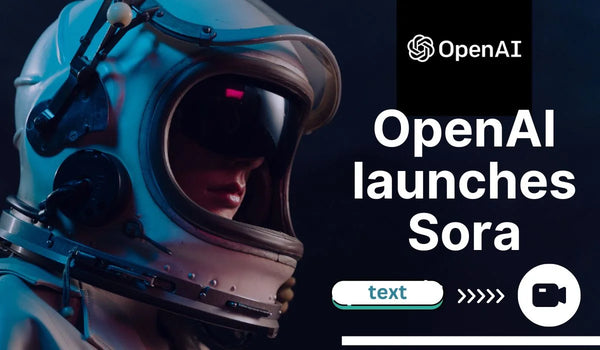Recent Articles
-
Nothing Smartphones in Pakistan June 28, 2025
-
Galaxy Unpacked July 2024: A Closer Look at Samsung’s Upcoming Product Launches June 25, 2024
-
IPadOS 18: AI-Powered Calculator, Smart Script, and More June 11, 2024
Understanding Sora: The Next Evolution in AI Video Generation
Contents

Sora, the newest creation from OpenAI, represents a major technological advancement in the quickly developing field of artificial intelligence (AI). The launch of Sora provides a preview of AI-driven content production in the future, fusing creativity and technology in ways never seen before as the digital world grows. This blog explores Sora's inner workings, possible implications for many businesses, and the moral questions it poses.
What is Sora?
OpenAI's ground-breaking text-to-video model, Sora, can convert text inputs into up to minute-long, high-definition videos. Sora is generative AI at its best, building on the groundwork set by its text-to-image forerunners such as DALL•E. It can create dynamic and detailed clips from simple text descriptions because it comprehends and simulates the actual environment in motion.
How Does Sora Work?
Primarily, Sora makes use of a sophisticated combination of transformer neural networks and diffusion models. With the help of this combination, Sora can handle enormous volumes of video data, spanning time and place to produce visually attractive and coherent video sequences in response to textual instructions. One of the long-standing issues in video creation is resolved by the model's capacity to manage occlusion and preserve object consistency throughout time, which makes it an effective tool for creators of all sorts.
Potential Impacts and Applications
The effects of Sora's technological advancements are extensive. It gives marketers, filmmakers, and content creators new opportunities in the creative sectors and provides an economical and quick way to create high-quality video content. With its immersive and captivating video explanations based on textual curriculum, Sora has the potential to completely transform learning materials in the field of education. Its use in training scenarios and simulations may also improve the efficiency of different professional training initiatives.
Ethical Considerations and Concerns
However, the introduction of Sora raises ethical issues and concerns. A major problem is the potential for abuse, especially when it comes to producing deep fakes and spreading false information. OpenAI has implemented safety measures like content filtering and metadata tagging to reduce potential hazards. However, there is an ongoing discussion on the morality of using such sophisticated generative models, thus these safety measures are not flawless.


 Debit/Credit Cards Accepted
Debit/Credit Cards Accepted